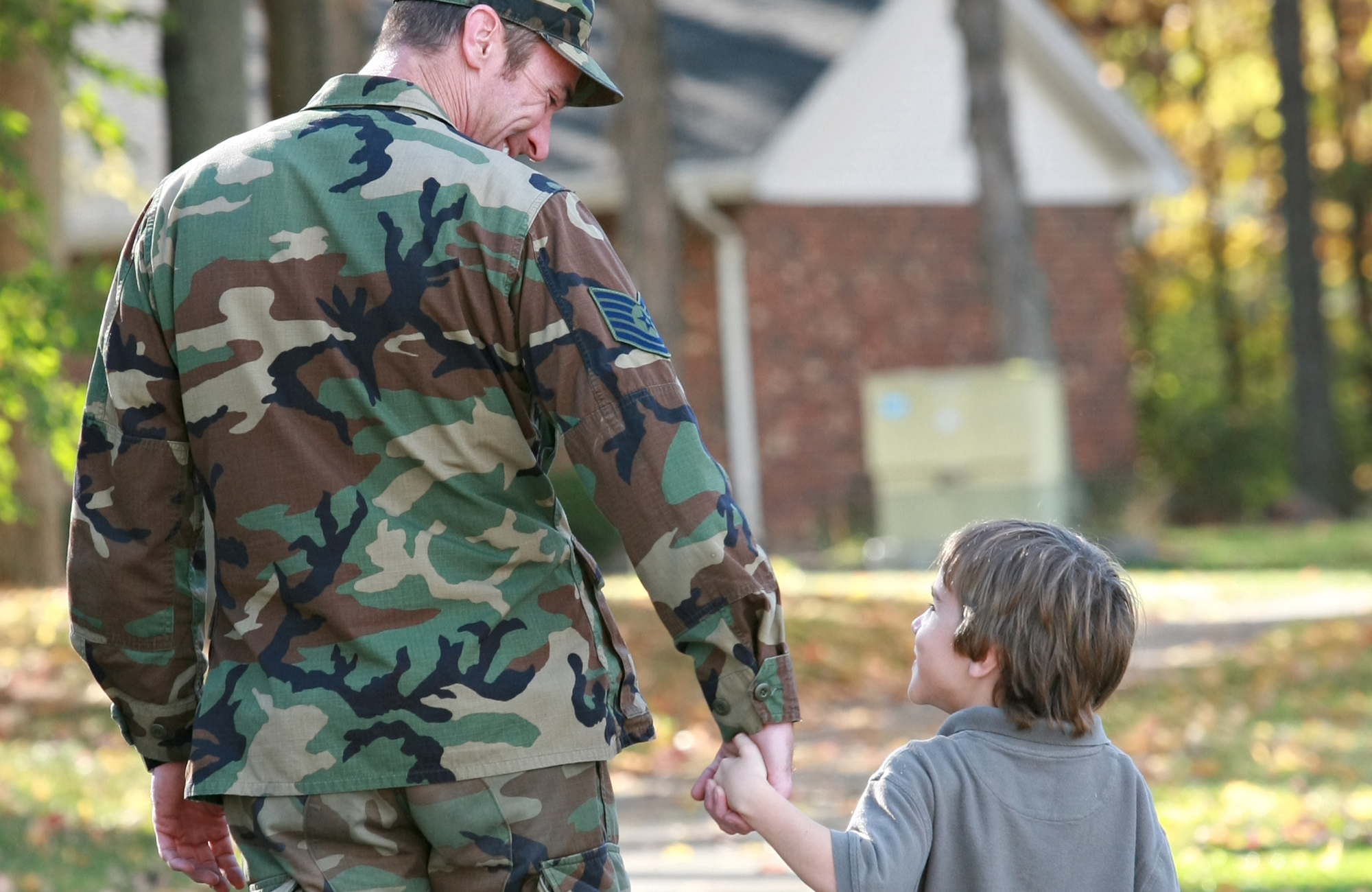Stepping Forward in Boots to Serve

Sometimes the so-called “national months” of this or that cause are, let’s face it, can feel somewhat trite. They can seem so obscure as to be meaningless.
But not this month. And not by a long shot. The month of May is National Military Appreciation Month, which provides an opportunity for Americans to acknowledge the service of those in uniform.
While we recognize veterans on Veterans’ Day and those who have sacrificed their lives for our nation on Memorial Day, this month’s commemoration allows us to better understand the breadth of what is required in military service.
It asks that consideration be given to the rigors of training, the focus on full fitness, long nights of duty standing guard in barren locations, and the pressures that military families face by constantly moving. It reminds us all of their sacrifices made and challenges accepted. It is an acknowledgment that personal loss may be part of the job, and with it, the emotional and psychological weight service members carry with them when comrades fall.
This month also should serve as a reminder of the chasm that grows between the civilian and military segments of our society. The segment of Americans serving in the military is minuscule – less than 1 percent of the population serves. Played out over time, this is having stark demographic ramifications. According to Pew, nearly half of U.S. men in 1960 were veterans, but that percentage nosedived to 16 percent by 2014.
The small pool of people serving is having children that are increasingly likely to serve.
According to the Pew research, roughly 70% veterans say they have an aunt or uncle who served in the military, as compared with 62 percent for the general population. Half of military veterans have a parent who served, compared with 41 percent for the public. Some 43 percent of vets have a sister or brother who served in the military, compared with 27 percent of the general population, Pew found.
The result is that the military is in danger of becoming insular and further cut off from the society at large, which is a military-readiness issue. “With the shrinking size of the military in recent decades there are now fewer connections between the military and the civilian world,” the Pew report said.
The Pentagon’s top personnel official delivered a stark warning about the divide between the military and civilian segments.
“Today, a widening military-civilian divide increasingly impacts our ability to effectively recruit and sustain the force,” Anthony M. Kurta said recently. “This disconnect is characterized by misperceptions, a lack of knowledge and an inability to identify with those who serve. It threatens our ability to recruit the number of quality youth with the needed skill sets to maintain our advantage over any near-peer competitor.”
Let us ponder these realities as we recognize national service and who is doing the serving. I implore you to demonstrate some small act of appreciation for all of those who raised their hand and stepped forward in boots to serve, and consider how you and your community can continue to acknowledge members of the military and their sacrifices.
Christi Ham is chairwoman of our military campaign, Military Families for High Standards, that pushes for rigorous education opportunities for military-connected children.
About the Collaborative for Student Success
At our core, we believe leaders at all levels have a role to play in ensuring success for K-12 students. From ensuring schools and teachers are equipped with the best materials to spotlighting the innovative and bold ways federal recovery dollars are being used to drive needed changes, the Collaborative for Student Success aims to inform and amplify policies making a difference for students and families.
To recover from the most disruptive event in the history of American public schools, states and districts are leveraging unprecedented resources to make sure classrooms are safe for learning, providing students and teachers with the high-quality instructional materials they deserve, and are rethinking how best to measure learning so supports are targeted where they’re needed most.

